Fashion is a cycle that brings us back to the present with redefined classics from bygone eras.
But the question is, how has it evolved with LGBTQ community? Let us dive into the fashion saga!
19th Century
The fashion industry had undergone drastic and quick upheaval in the 19th century. With a high waist and light draping muslins, the broad panniers, conical stays, and figured silks of the eighteenth century had merged into a neoclassical dress that displayed the natural body.
This century was a crucial period of change in terms of gender identity and masculine expression.
While there was some tolerance for effeminacy and bisexuality in 18th century, by 19th century the definition of what it meant to be a man had become much stricter, more strictly controlled, and what we might call “heteronormative”—treating heterosexual desire and the presentation of that desire as the default mode of being.
Eleanor Charlotte Butler and Sarah Ponsonby were the known lesbian back in that period but despite the lack of evidence indicating otherwise, they believed it is obvious that their relationship went beyond platonic friendship.
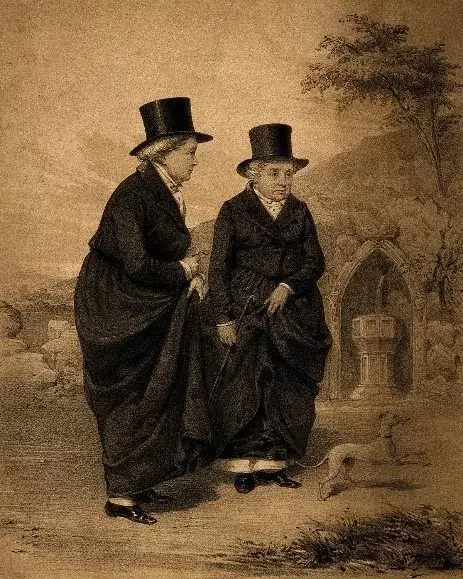
Lesbians at the period who dressed more masculinely than The Ladies of Llangollen weren’t the only ones. An English landowner and diarist from Halifax in the North, Anne Lister was the Anne from Gentlemen Jack.
She was the counterpart of a “butch” lesbian and is often considered as the first modern lesbian. She was known for dressing in all-black ensembles and incorporating men’s attire into female wardrobe. By dressing more masculinely, Anne was perceived as more professional, which let her make the most of her personal style. She was an early feminist who helped dismantle barriers between genders and promoted sexual freedom.
20th Century
Gay fashion was becoming acceptable by the 20th century. Leather clothing became a common sight in Pride parades all around the world for homosexual men. Glitter, sequins, eye makeup, platform shoes, and other accessories were worn on stage by performers like Elton John and Boy George. Popular celebrities have paved the road over the past 20–30 years for the Average Gay Joe to wear what they think stylish without as much concern for retaliation.
In defiance against patriarchy, women began wearing menswear. The popularity of androgynous dressing patterns was greatly influenced by movie actresses like Marlene Dietrich. The Harlem “Drag” Balls also provided a place where individuals may cover up in gender-contradictory attire.
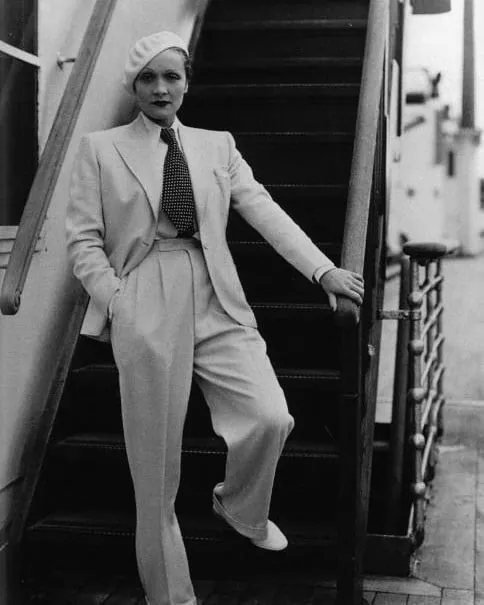
Trousers, usually worn by men, started becoming more popular among women. Even while not all lesbians chose it, the trouser served as an identify for them up until the 1970s. The formation of the “butch” and “femme” identities was influenced by certain women who favoured wearing feminine attire. Lesbian fashion took on fresh variety in the 1980s and 1990s. The discussion about what lesbians should wear was sparked by the dissolution of the traditional butch and femme barriers, changes feminism and punk brought about in women’s attire, and the rise of lesbians in public life.
Closeted gay designers like Christian Dior, Pierre Balmain, and Cristóbal Balenciaga experimented with both idealised and rebellious looks as they progressed in the fashion world.

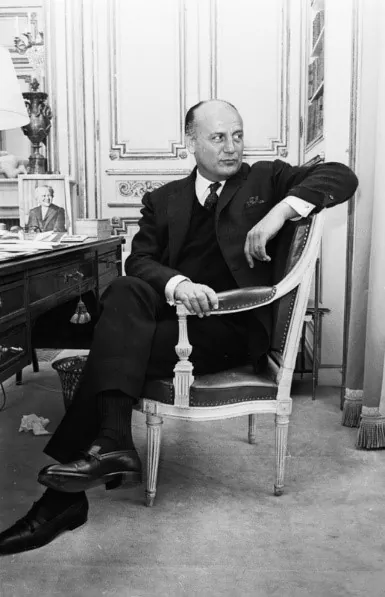
21st Century
Gender binary distinctions are obsolete in the new millennium. The boundaries of mainstream fashion have also changed as a result of the principles of diversity and inclusivity, which have also redefined LGBTQ+ style. Beginning with designers like Rick Owens, who has incorporated the concept into his line of apparel since 2002, the idea of genderless clothing has gained popularity.
Since establishing his avant-garde label in 2002, Rick Owens has served as a pioneer for genderless design, serving as something of the movement’s face. His innovative draperies and long-line silhouettes, which are intended to be worn by both men and women, are adored by the stylish all over the world.
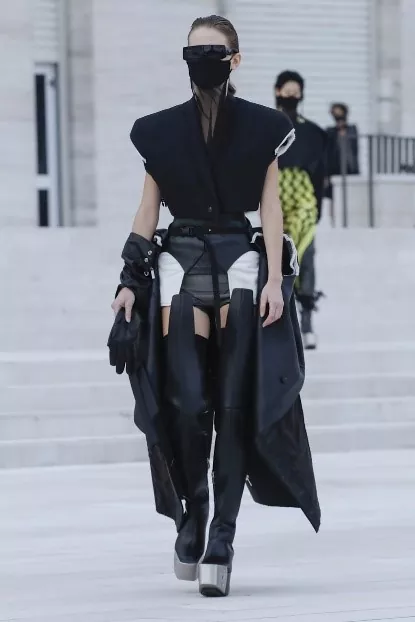
Designers who supported gender fluidity in the 2000s included JW Anderson, and Charles Jeffrey. They experimented with gender, producing thigh-high boots for males and frilly, feminine boob tubes. Queer fashion made significant strides during this era. Not just fashion designers were coming out, which was once prohibited. Now, their collections reflected their sexuality. By giving their clients the chance to comprehend this new fashion trend, which had a good impact on the world.
The last ten years have seen increased diversity in fashion. Undoubtedly, there is still a long way to go, especially when it comes to the place of LGBT people in the fashion world, both on the runway and behind the scenes. However, it’s a positive attitude and is hopeful for increased visibility.
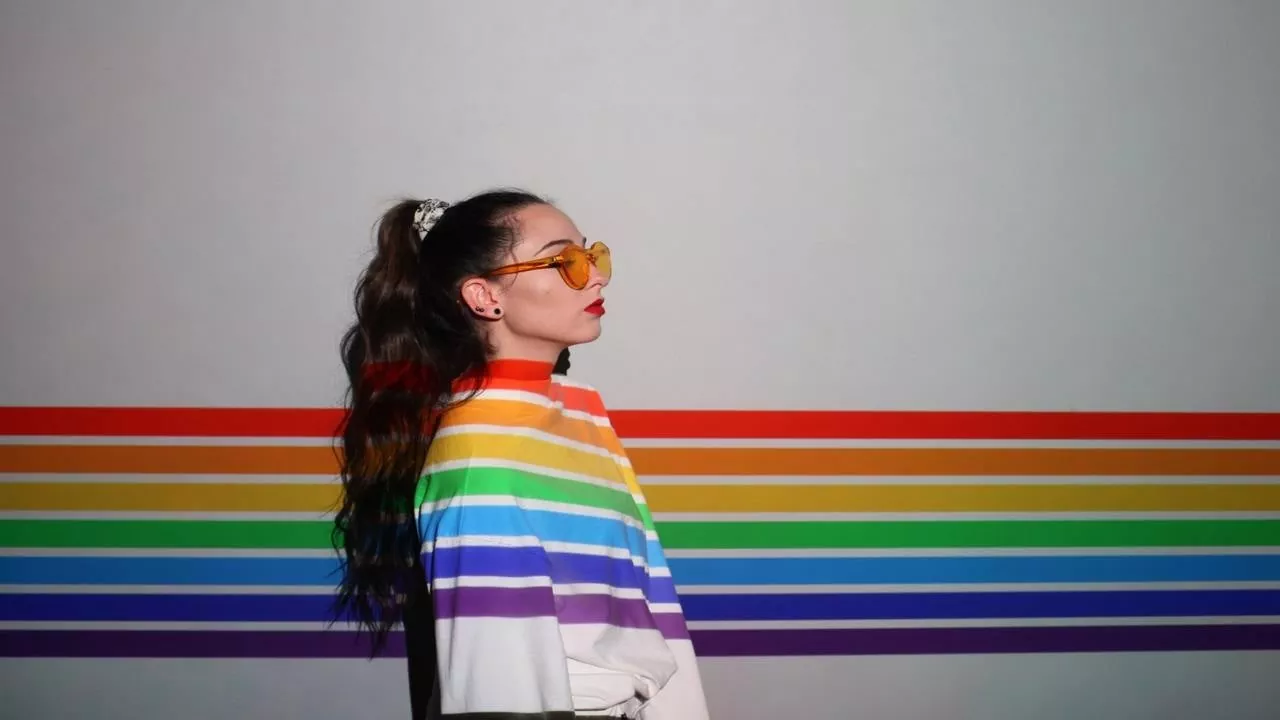

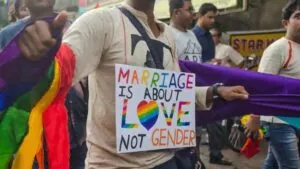

2 thoughts on “A History of Queer Fashion: Out of the Closet and Into Our Hearts!”